Cost-Effective & Efficient Solution For Repairing Settling Concrete
Concrete Lifting In Dallas, Fort Worth, Austin And More!
The concrete that makes up the base of our lives can feel so reliable you forget all about it. The driveways we pull in and out of each day, those concrete steps we sit on and talk with our children, sidewalks we cover with chalk or sweep pollen off of — concrete is in the fabric of our lives.
When your concrete cracks, sinks or chips, you need a trustworthy concrete repair company on your side. G.L. Hunt Foundation Repair serves Texas with the top-tier concrete repair services every homeowner deserves. And with our highly-effective foam concrete lifting, it’s easy, quick and long-lasting.
What Is Polyurethane Foam Concrete Lifting And How Does It Work?
Uneven concrete is a significant concern for homeowners.
Over time, soil movement, moisture or the natural settling of a property can cause concrete to sink or shift, potentially compromising the safety and integrity of the driveway, walkway, patio or sidewalk.
Thankfully, there’s a modern, innovative solution that addresses these issues efficiently: lifting concrete using polyurethane foam, also known as foam jacking or polyjacking.
Polyurethane foam injection involves injecting high-density foam beneath the concrete to fill voids and stabilize the structure.
The foam expands upon contact, lifting the concrete back to its original level without the need for extensive excavation or disruptive construction.
This advanced method has gained popularity due to its affordability, minimal impact on property, and long-lasting results. Compared to traditional repair methods, polyurethane foam lifting is a quicker, cleaner and more environmentally friendly alternative.
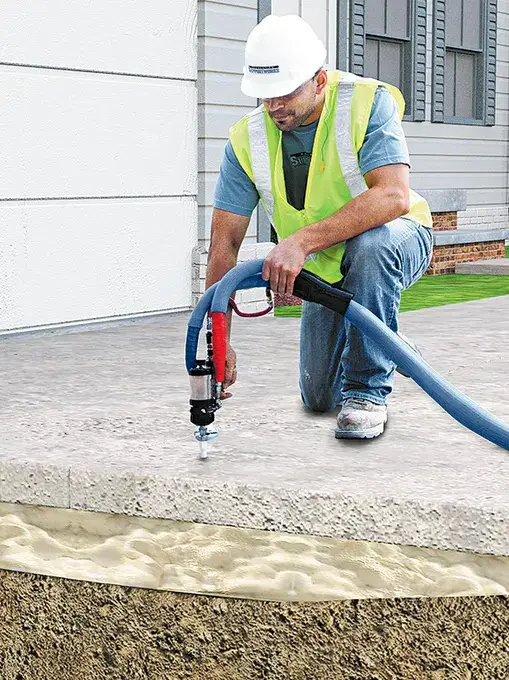
This method is particularly effective for addressing various concrete issues caused by soil erosion, expansive soils, or even improper drainage. Polyurethane foam lifting offers reliable, low-hassle solution to protect their investments and restore their property’s safety and appearance.
How Polyurethane Foam Lifting Works

Drill
Technicians drill small holes in the affected areas of the slab.
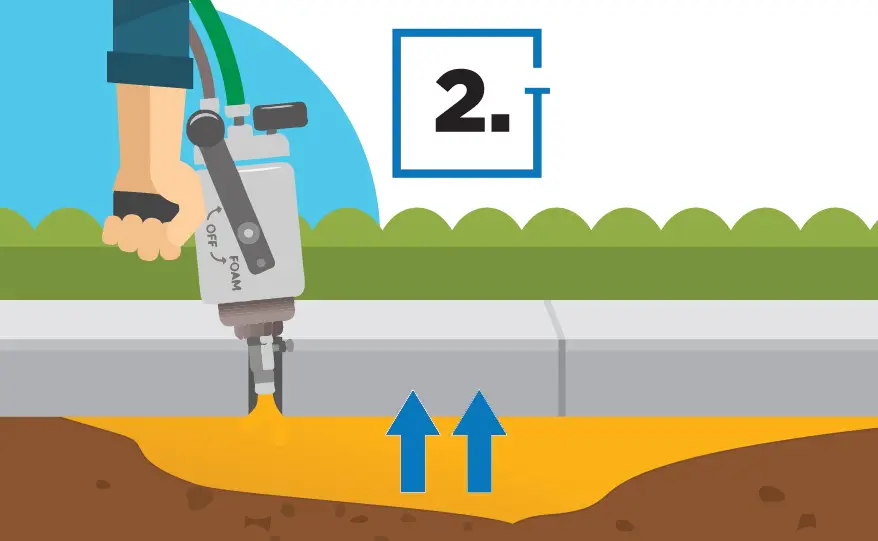
Pump
A specialized polyurethane foam is injected into the holes, where it flows into gaps under the slab. The foam expands rapidly, filling voids and lifting the slab.
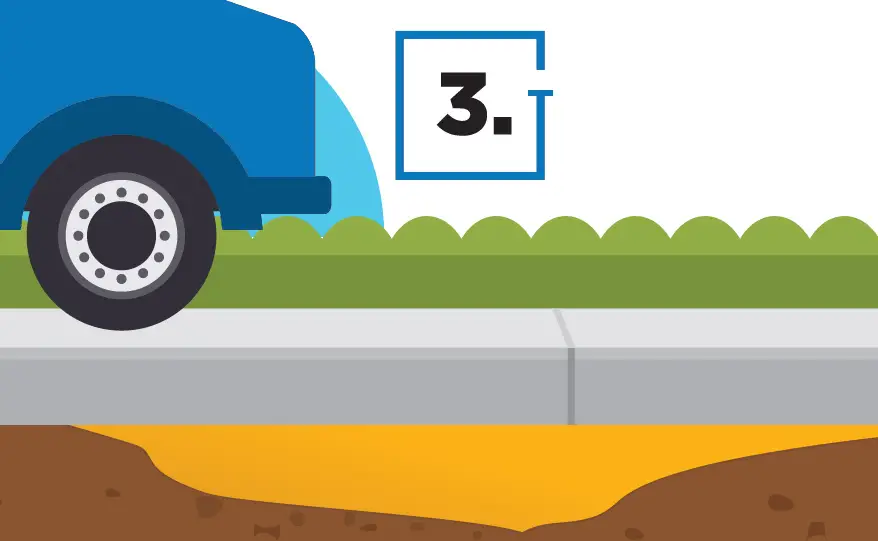
Patch
Once the slab is leveled, the holes are sealed with a material that blends with the surrounding foundation.
Why Choose Polyurethane Foam Lifting?
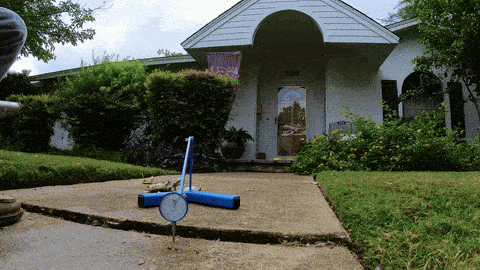
Fast & Precise
Foam is significantly faster than other concrete repair methods, taking only a few hours for the material to dry. The injection method also ensures the foam is injected precisely where foundational support is necessary.
Long Lasting
Polyurethane foam is a durable material that is designed to last for decades. Once the foundation has been lifted, you can expect it to stay that way for a long time.
Minimally Disruptive
The process of lifting concrete using polyurethane foam is quick and non-invasive, meaning that there is little disruption to your daily routine.
Eco-Friendly
Polyurethane foam is an environmentally friendly material that is made from recycled materials. It’s also non-toxic and safe for use around people, pets, and plants.
When Should You Consider Polyurethane Foam Lifting?
Concrete leveling is a good solution when it comes to:
- Voids underneath the concrete
- Trip hazards
- Settling or uneven concrete slabs
- Concrete raised by tree roots
Polyurethane Foam can be ideal when it come to addressing unevenness in:
- Driveways
- Walkways
- Patios
- Garage Floors
- Sidewalks
- Pool Decking
- Soil Stabliization
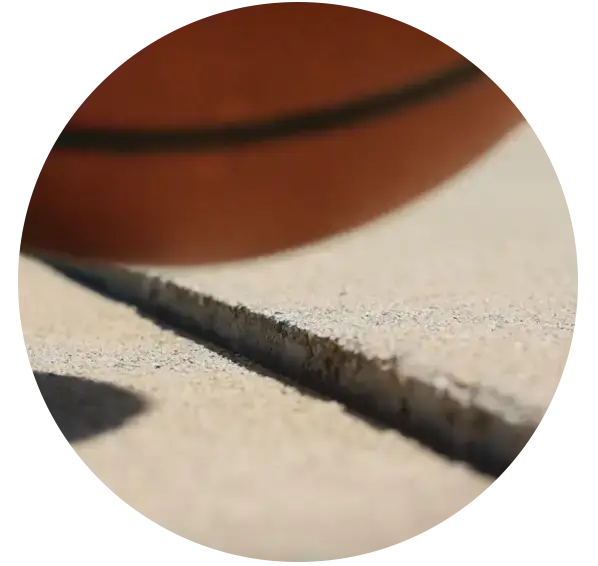
Is Polyurethane Foam Lifting The Solution For Your Concrete Repair?
Polyurethane foam lifting is a cost-effective and efficient solution for repairing uneven concrete. It’s a non-invasive process that can be completed quickly, with minimal disruption to your daily routine. The process is also environmentally friendly and long-lasting, making it an excellent choice for homeowners looking to address concrete repair issues.
If you’re experiencing any of the signs of foundation settling, booking a free concrete repair estimate with G.L. Hunt Foundation repair to discuss whether this method of concrete repair is the right solution for your property.






